This page is dedicated to speculative biology: the analysis
of Dougal Dixon's "The Future Is Wild" and the "Tour to Neocene"
project.
Of course, Dougal Dixon's book "The Future is Wild"
and film based upon this book both represent the significant event in speculative
biology. But are they ideal from the scientific point of view. Authors invited
scientists and other specialists to the project, but they couldn't avoid mistakes
even in this case. The article represents the analysis of biological mistakes
and inconsistencies found in project (both film and book)
| 34. The revival of "Green Land" |
|
Plains and bush of Greenland free of ice sheet. |
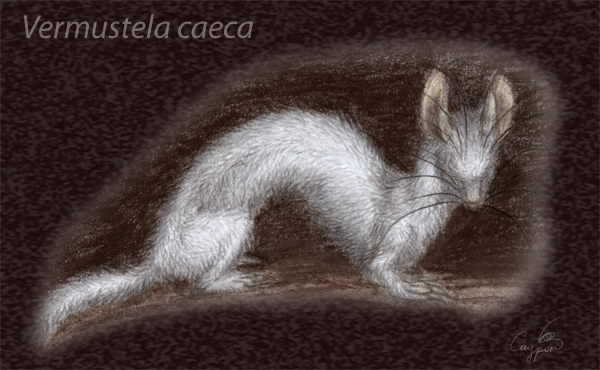
Blindweasel from Eurasian steppes (picture
by Sauron)
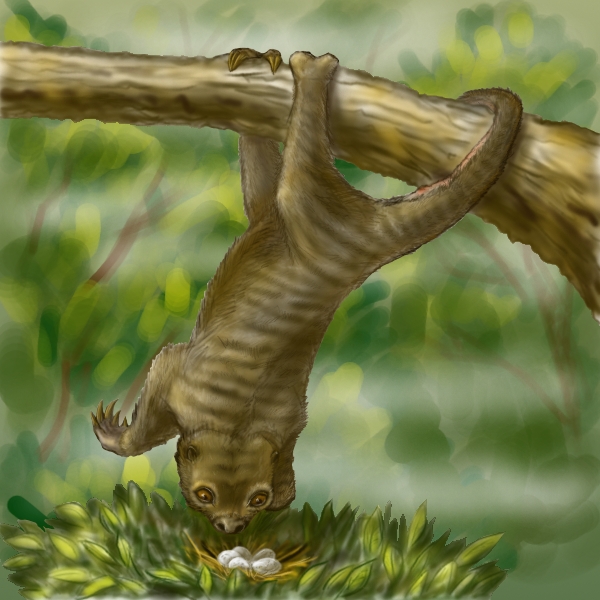
Marsupial sloth from Meganesian forests
(picture by Alexander Smyslov)
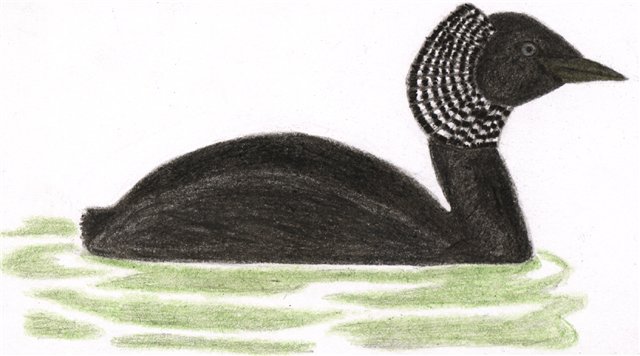
Antarctic grebe (picture by Simon)
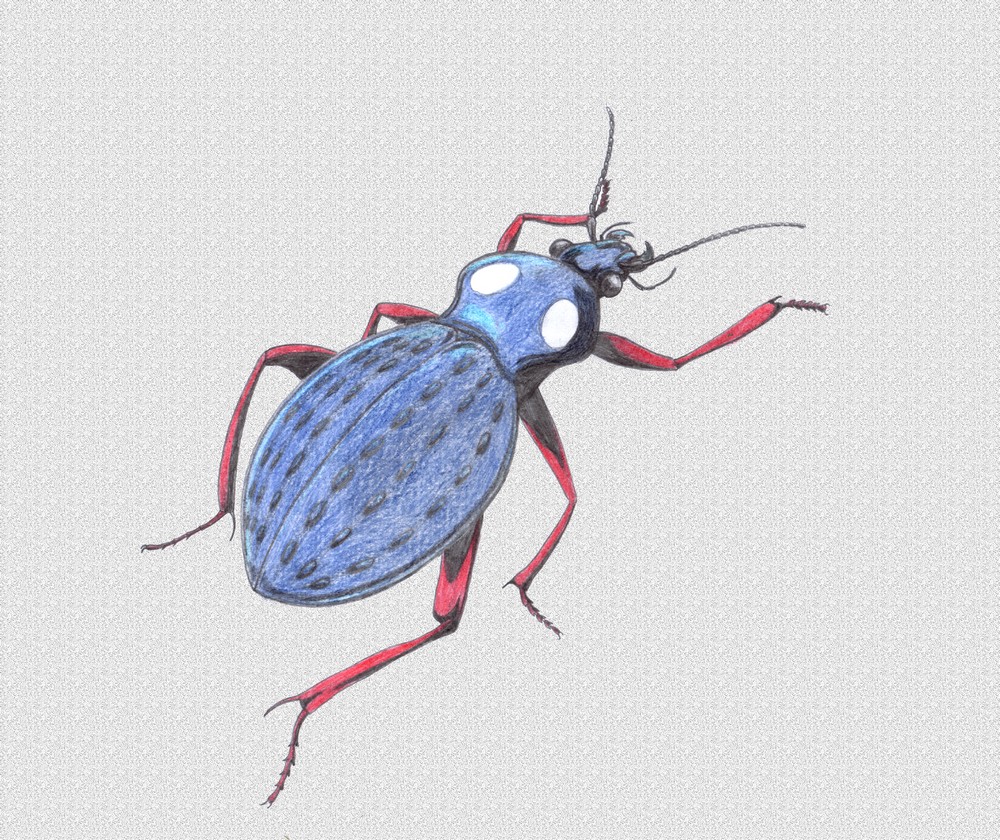
Vinegar ground beetle (picture by Amplion)
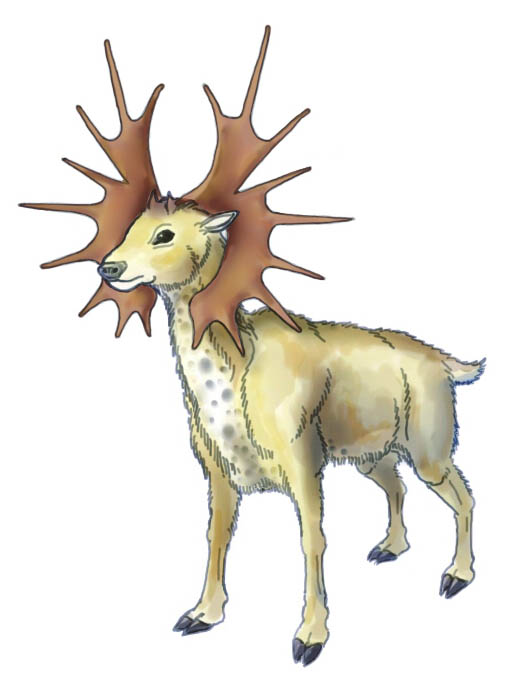
Sunhorn deer (picture by Mex) |
| 35. Caribbean ark |
|
Animals of Great Antigua island in Caribbean region. |
| 36. Guardians of Atlantis |
|
Atlantic Ocean, pelagic animals of temperate latitudes. |
| 37. Rustling in grass |
|
Savannas of Northern Africa, small animals. |
| 38. Life at the world's end |
|
Inhabitants of Antarctic meadows |
| 39. Delicate dragons of Antarctica |
|
Inhabitants of Antarctic meadows, dragonflies and other invertebrates |
| 40. Bird island |
Russian version |
Island of Kuriles island chain, marine birds and land inhabitants. |
| 41. Savannas of Lemuria |
|
Western part of Madagascar, humid savanna. |
| 42. Reed fortress |
Russian version |
South-Eastern Europe, northern shore of Fourseas - reed thickets. |
| 43. Wanderers of steppes |
Russian version |
Steppes of Southern Europe, grazing animals. |
| 44. Orbis subterraneus |
Russian version |
Steppes of Southern Europe, subterranean and burrowing animals. |
| 45. From ocean to mountain tops. And back... |
Russian version |
Meganesia, Murray River. Migrating fishes and river inhabitants. |
| 46. Green pearl of Pacific Ocean. |
Russian version |
Hawaiian archipelago, various types of vegetation, plant
and animal species. |
| 47. Green pearl of Pacific Ocean: forest inhabitants. |
Russian version |
Hawaii: rainforest animals. |
| 48. Live-bearing rain |
Russian version |
Deserts of south-west of Meganesia. |
| 49. Tree- and rock-climbers |
Russian version |
Tropical mountain forests of Southern China. |
| 50. Usurpers in kingdom of dodo |
Russian version |
Mauritius Island, forest inhabitants. |
| 51. Underwater knight |
Russian version |
Wenedian Lake (Northern Europe, former Baltic Sea), fishes
and crustaceans. |
| 52. The shadow of the wings on the
grass |
|
South America: Neocene megafauna of Grand-Chaco |
| 53. King of the castle |
|
New Zealand, forest animals |
| 54. Atlantic Hawaii |
|
New Azora - volcanic island in Atlantic Ocean and its coastal
inhabitants |
| 55. Freshwater sea of Asia |
|
Baikal Lake and its inhabitants from surface to the depth |
| 56. Deceitful flowers |
|
Rainforest of South-Eastern Asia, plants and small animals. |
| 57. Sign of salamander |
Russian version |
Small inhabitants of humid subtropical forest at the Pacific
coast of North America. |
| 58. Workers of decomposition |
|
North African savanna, scavengers and dung-eaters. |
| 59. Passengers of living ship |
Russian version |
Pacific Ocean. Giant sea turtle, its parasites and symbiotes. |
| 60. Giants of Siberia |
|
Eastern Siberia. Megafauna representatives, their parasites,
symbiotes and predators. |
| 61. Voices in the night |
Russian version |
Rainforests of Northern Meganesia, nocturnal animals of various
forest levels. |
| 62. Mirror of the sky |
Russian version |
Alpine lake Totora at the Altiplano Plateau, South America,
its inhabitants from shores to lake bottom. |
| 63. Hunter from Ao-Tea-Roa |
|
New Zealand; large local animals - herbivores and predators. |
| 64. Feathered heroes saga |
Russian version |
Iceland, the inhabitants of forests. |
| 65. Citadel on tree branch |
Russian version |
Rainforest of Equatorial Africa, forest canopy. |
| 66. Cry of lemur |
Russian version |
Rainforest of Eastern Madagascar. |
| 67. Dream about the gone sea |
Russian version |
Mangrove forest at the north of Meganesia, Arafura Lake. |
| 68. Poisonous fellowship |
Russian version |
Rainforest of Equatorial Africa, smaller forest inhabitants. |
| 69. Stone backs |
Russian version |
New Tortuga - island in tropical latitudes of Atlantic Ocean;
birds and reptiles inhabiting this place. |
| 70. Karakum delta |
Russian version |
Fourseas, delta of Uzboy River in central Asia; delta inhabitants
- fishes and birds. |
| 71. Some minutes of sunlight |
Russian version |
Edge of Cyprus mountain range in Mediterranean lowland; animals
of desert and subterranean reservoir. |
| 72. Between sun and salt |
Russian version |
Migration of animals from North African savanna to Maltese
mountain range. |
| 73. Terror of the lake |
|
Lake Carpentaria in Northern Meganesia; animals of lake shore,
depth and surrounding forest. |
| 74. Underwater fortress |
Russian version |
Reef life of tropical zone of Pacific Ocean - fishes and
invertebrates. |
| 75. Valley of hot lakes |
Russian version |
Inhabitants of geothermal reservoirs of Kamchatka. Wintering
of migrating birds. |
| 76. Conquest of the south |
Russian version |
Nature of Falkland Islands and Antarctica. |
| 77. Jungle hermits |
Russian version |
Life in jungles of Hindustan - megafauna and allies. |
| 78. Slopes of ancient mountains |
Russian version |
Life in mountains and valleys of Caucasus Peninsula. |
| 79. Life of Zooraptor |
Russian version |
Megafauna of Meganesian savannas: birds and mammals. |
| 80. Fishes, frogs and penguins |
|
Inhabitants of freshwater reservoirs of New Zealand - lake
and river. |
| 81. The terror of silver forest |
|
Biocenosis of Hawaiian mountain forest - invertebrates and
small vertebrates. |
| 82. The home of Green Feather |
Russian version |
North-East of North America, mixed forest in temperate climatic
zone. |
| 83. One hundred days for life |
Russian version |
South-western Meganesia, temporary desert lake and its inhabitants. |
| 84. Forest and sea |
Russian version |
Mangrove forests of Florida, aquatic and forest animals. |
| 85. Secret links |
Russian version |
Mangrove forests of Florida, parasites of local inhabitants. |
| 86. Islands of misty sun |
Russian version |
Chatham Archipelago, forest and seaside animals. |
| 87. Adopted in Eden |
Russian version |
Steppes of Middle Asia, to the east from Fourseas, animals
and plants. |
| 88. Decline of the dynasty |
Russian version |
North America, Cascade Mountains - large herbivores and predators. |
| 89. Year of the traveler goose |
|
North America, animals of various natural zones. Migration
of birds of passage. |
| 90. Big one and small ones |
Russian version |
Hindustan - inhabitants of tropical forest, symbiotes and
parasites of Nanditherium |
| 91. The last breath of the sea |
Russian version |
Southern Europe, Adriatic Sea hollow. Relic saltwater Otranto
Lake and its inhabitants - fishes and invertebrates. |
| 92. Long lifetime |
Russian version |
South America, fauna of Amazon and Hyppolithe rivers basin. |
| 93. Green poisoner and its suite |
Russian version |
Japan, broadleaf forest of mountain slopes in subtropical
climate area - animals and plants. |
| 94. Dew hunters |
Russian version |
Mediterranean lowland, insects and other small animals, their
survival in arid conditions. |
| 95. Captives of paradise |
Russian version |
Burotu islands in Pacific Ocean, birds and other animals
of tropical forest. |
| 96. Green pearl of Pacific Ocean: playing in water |
Russian version |
Hawaiian Islands: inhabitants of seashore and coastal reeves. |
| 97. Feathered esthetes |
|
South America, birds and other inhabitants of rainforest
canopy. |
| 98. Krummholz of Khibiny |
Russian version |
North of Europe, Khibiny Mountains: mammals and birds of
northern forests. |
| 99. Seas of Southern Cross |
Russian version |
Antarctica, sea dwellers of coastal and pelagic zones. |
| 100. Land of last hyenas |
Russian version |
South Africa, large mammals of savanna and other dwellers
of savanna and the river. |
| 101. Cup of life |
Russian version |
Small forest inhabitants in southern part of taiga zone of
Asia, Baikal Lake region. |
| 102. River of monsters |
Russian version |
Equatorial Africa, land-dwelling and aquatic animals and
plants of Congo river basin. |
| 103. Three fortunes in selva |
|
South America, invertebrates and vertebrates of the rainforest. |
| 104. The night of the snail |
Russian version |
Mangrove forests of Arafura Lake in Meganesia - land-dwelling
and aquatic snails, birds and other animals. |
| 105. The tar broth |
Russian version |
Northern Europe, symbiotes and parasites in the stomach of
Lagomoropus - large browsing herbivore. |
| 106. The battle of the empires: nomads against fortresses |
Russian version |
Tropical forests of Central America, Yucatan. Ant colonies
and their interactions with the world around. |
| 107. The battle of the empires: the fight for the vital space |
Russian version |
Interactions between various ant species, their symbiotes
and parasites in tropical forests of Yucatan. |
| 108. The forbidden fruit |
Russian version |
Tropical forest in northern part of Meganesia, interactions
between local plants and animals. |
| 109. Hot red sand |
Russian version |
South Africa, animals and plants of Kalahari desert. |
| 110. Neighbours and companions |
Russian version |
Coniferous forests of North America: large animals, their
parasites and symbiotes. |
| 111. Pulse of the river |
Russian version |
Northern Africa, Saharan Nile river - the river in rain season
and its inhabitants. |
| 112. War for the hollow |
Russian version |
South America, headwaters of Xingu river, inhabitants of the
seasonal tropical forest canopy. |
| 113. Tiny warriors of Great Antigua |
Russian version |
Great Antigua island, small aquatic and wetland animals, invertebrates
and vertebrates |
| 114. Bleak islands of the south |
Russian version |
Orcadas islands in Subantarctic zone, birds and other inhabitants
of the archipelago. |
| 115. The flower-strewn way |
Russian version |
The migration of hummingbirds from South America to North
America and back; the diversity of bird-pollinating plants. |
| |
|
|
General list of Neocene animals and plants, immediate access
to any description.
Some descriptions may exist in Russian, but have no English links. Be patient,
new descriptions appear sooner or later!
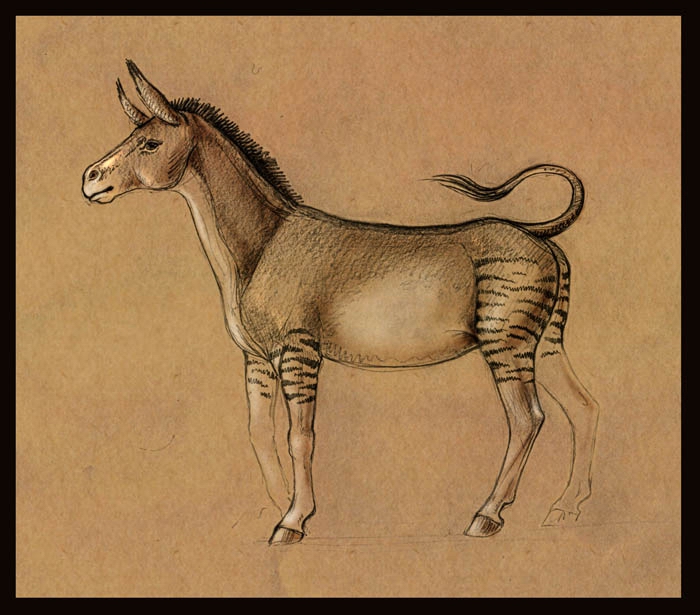
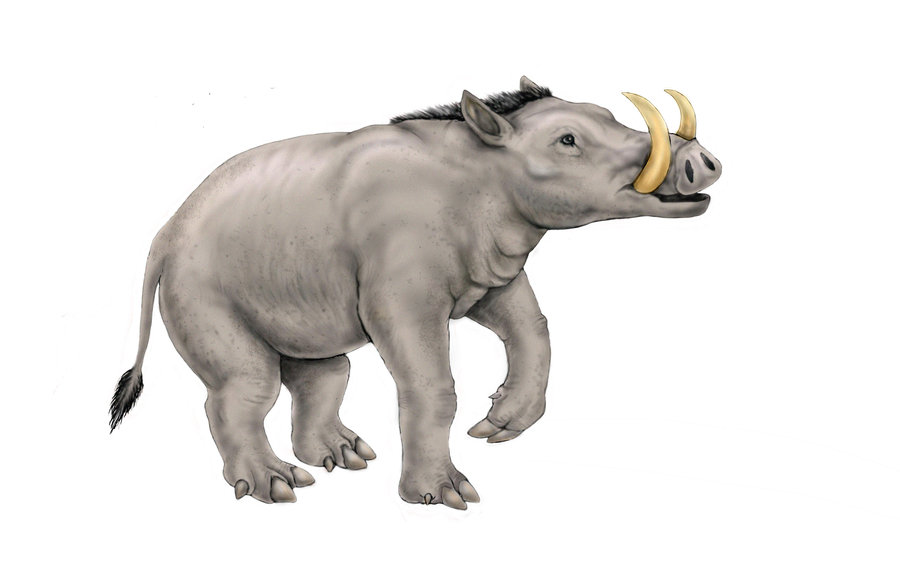








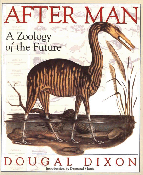 Dougal
Dixon
Dougal
Dixon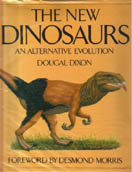 Dougal
Dixon
Dougal
Dixon Dougal
Dixon
Dougal
Dixon Leo
Lionni
Leo
Lionni Harald
Stumpke
Harald
Stumpke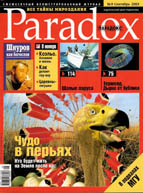
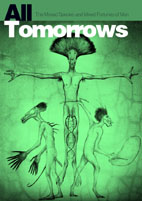 Nemo
Ramjet
Nemo
Ramjet Peter
Ward
Peter
Ward


